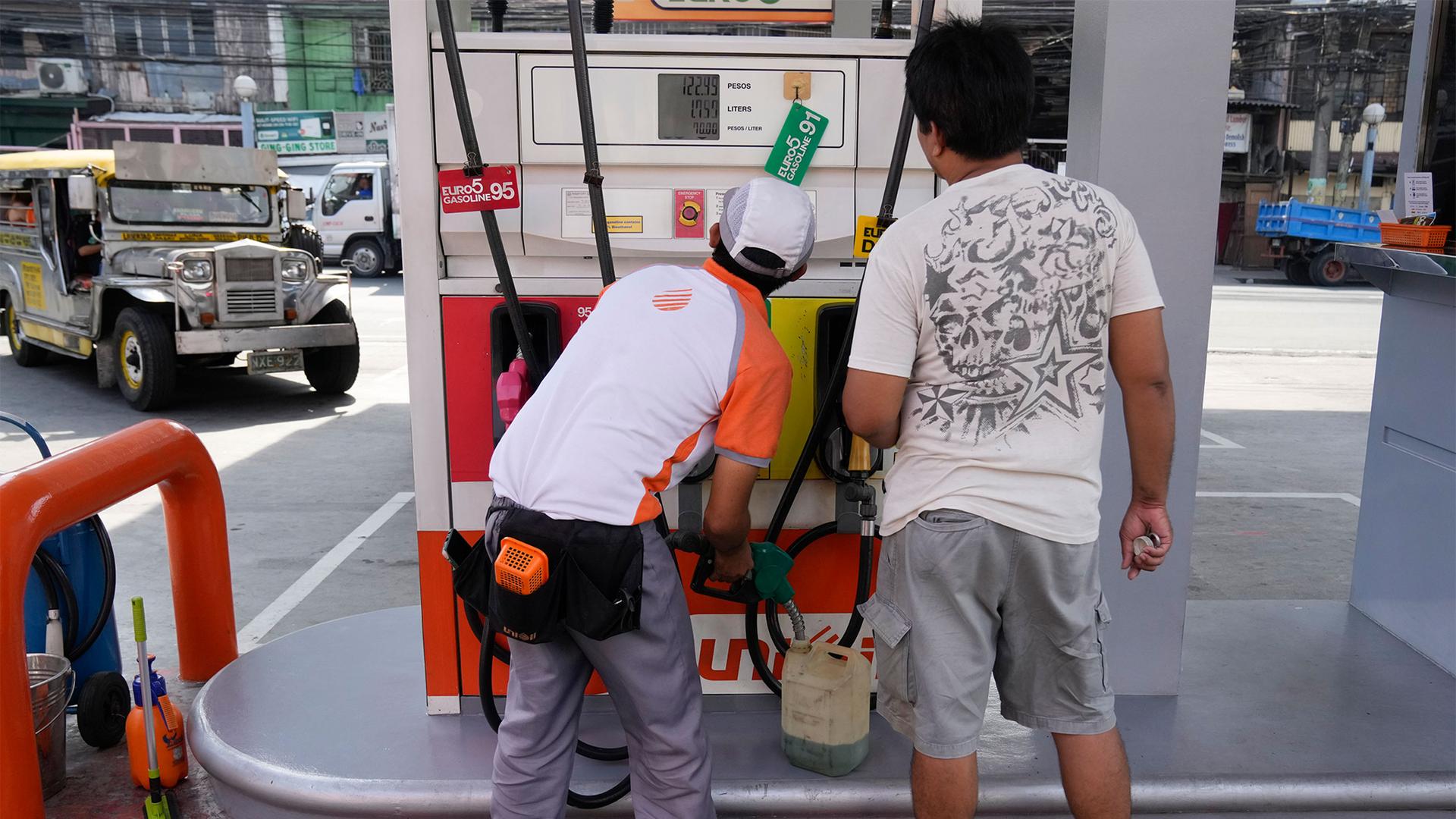Record-breaking inflation rates in the Philippines are pushing people to take on extra jobs
Inflation in the Philippines hit a new 14-year high at 8.7% in January, fueled by rising food, housing and utility costs, according to the latest government numbers released this week.
The latest rate surpasses the country’s previous record of 8.1% recorded in December, according to the Philippines Statistics Authority on Tuesday, and it puts a damper on what economists had previously hoped would be a leveling-off of inflation in 2023.
The high inflation rate is also throwing water on another indicator that the country should be celebrating — the Philippines’ lowest unemployment rate since before the COVID-19 pandemic — by creating a situation where people don’t feel like they’re making enough at their current jobs.
“Having one job really isn’t enough, especially in this economy, so we have to make ends meet,” Joy Cruz, 25, of the Metro Manila area said.
Even though she has a full-time job as a 3D artist for a global retailer, Cruz also has a freelancing job on the side, making her one of the thousands of Filipinos taking on extra work to make more money.
After working her regular 12 p.m. to 9 p.m. shift, during which she makes roughly $700 per month, Cruz said she then goes to work on her side job — where she makes about another $500 per month.
“It’s either I don’t have sleep, or I don’t have extra funds,” said Cruz, who lives by herself and likes to spend her money on weekends going out and recharging with friends. We aren’t using her full name because her full-time employer, a global retailer, does not allow moonlighting.
Like much of the world, the Philippines saw inflation rise steadily last year — fueled by, among other things, a combination of lingering pandemic economic woes and a spike in global fuel and food prices caused by Russia’s invasion of Ukraine.
“When you think about inflation, it’s a general price increase, so it means that the purchasing power of Filipinos will be lesser.”
“When you think about inflation, it’s a general price increase, so it means that the purchasing power of Filipinos will be lesser,” said Leonardo A. Lanzona Jr., a professor of economics at Ateneo de Manila University.
By mid-2023 the Philippine peso hit its weakest point in 17 years: Nearly 56 pesos to the US dollar and the currency has been hovering around that point ever since.
In order to maintain a certain standard of living, Lanzona said many Filipinos have been looking for more work on top of their regular jobs at an increasing rate for the last 10 months.
“Underemployment means that you’re currently employed, but you think that the income you’re getting is not enough, because of the quality of work and kinds of wages that you’re getting,” he said.
The Philippine government says the underemployment rate is about 14%, which is three times higher than the 4% unemployment rate.
Because of this discrepancy, Filipinos are actually not better off, Lanzona said. “There’s a lot more precarious jobs, unstable short-term jobs. Mainly because certain types of jobs that used to be available are no longer there.”
Mid-level jobs that pay decently are few and far between in the Philippines, Lanzano said — a long-term problem that the country has been grappling with for decades. This means most of the extra jobs people are taking are low-skilled or in the informal sector, such as freelancing, gig work and the like.
Epidemiologist Miko Balisi, 33, works between five and seven part-time jobs all at once. Among other jobs, he works at a regular 8 a.m to 5 p.m. job, teaches online for two universities, consults with media doctors on research and rents his property out to visitors in the seaside town of La Union.
Even though he makes somewhere about $5,000 a month doing all of this, it’s still not enough, because he has to support not only himself, but also his parents and three younger siblings, as well.
“It’s getting harder, like I still have all this income, but it still isn’t enough,” Balisi said, noting that the government has done virtually nothing for the people to help relieve inflation woes.
“Two or three hours [of sleep] is good enough for me because, you know, time is money.”
Related: The return of Chinese tourists restores hope in the Philippines’ tourism industry
